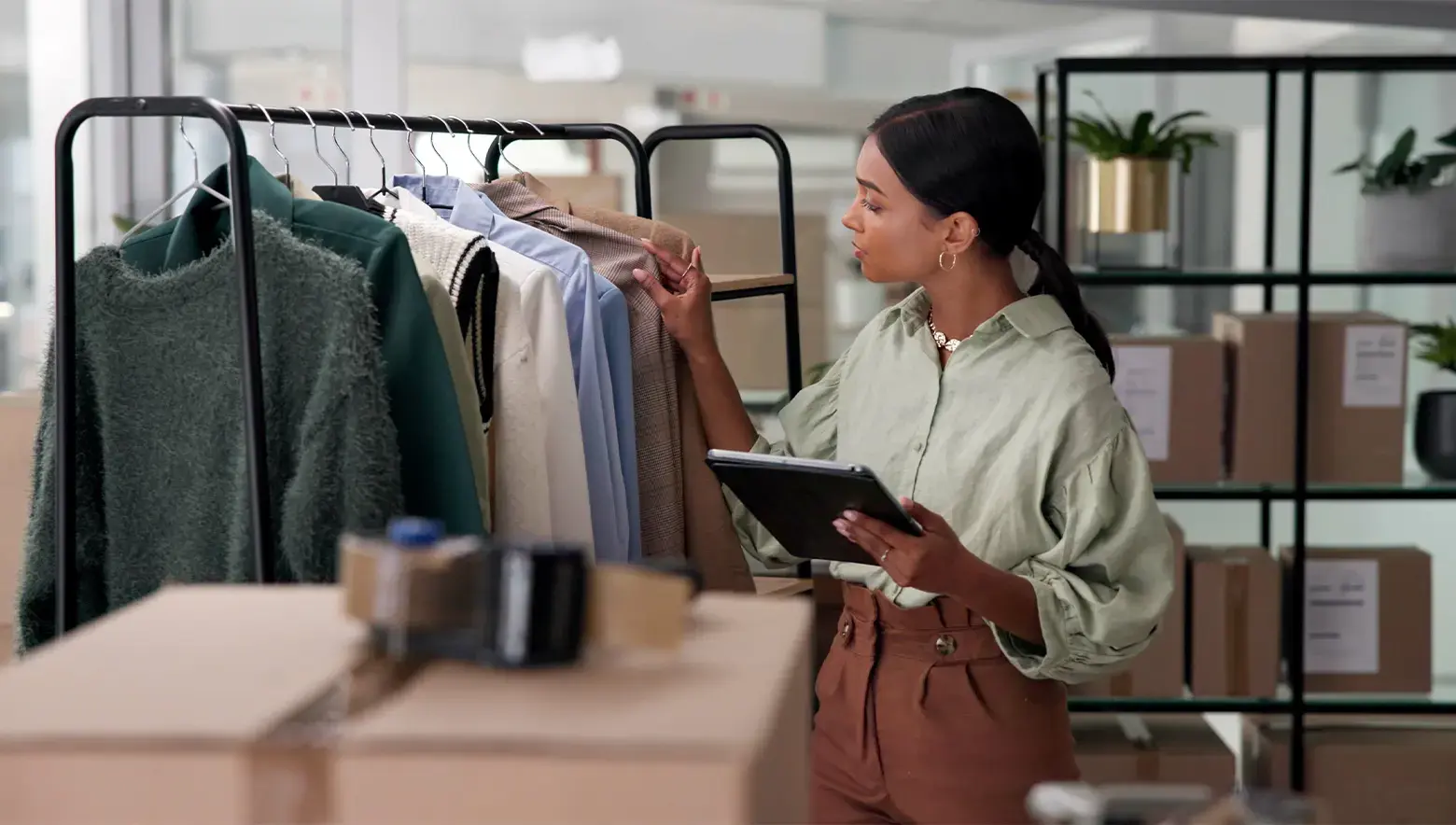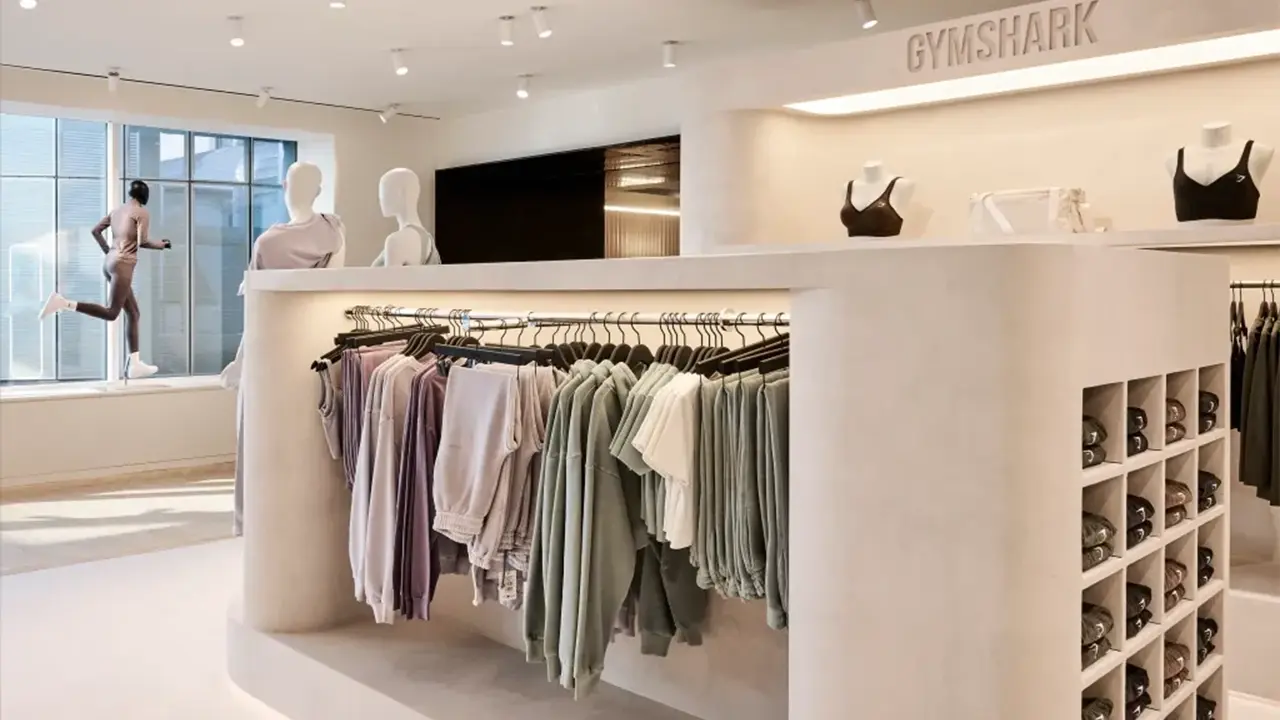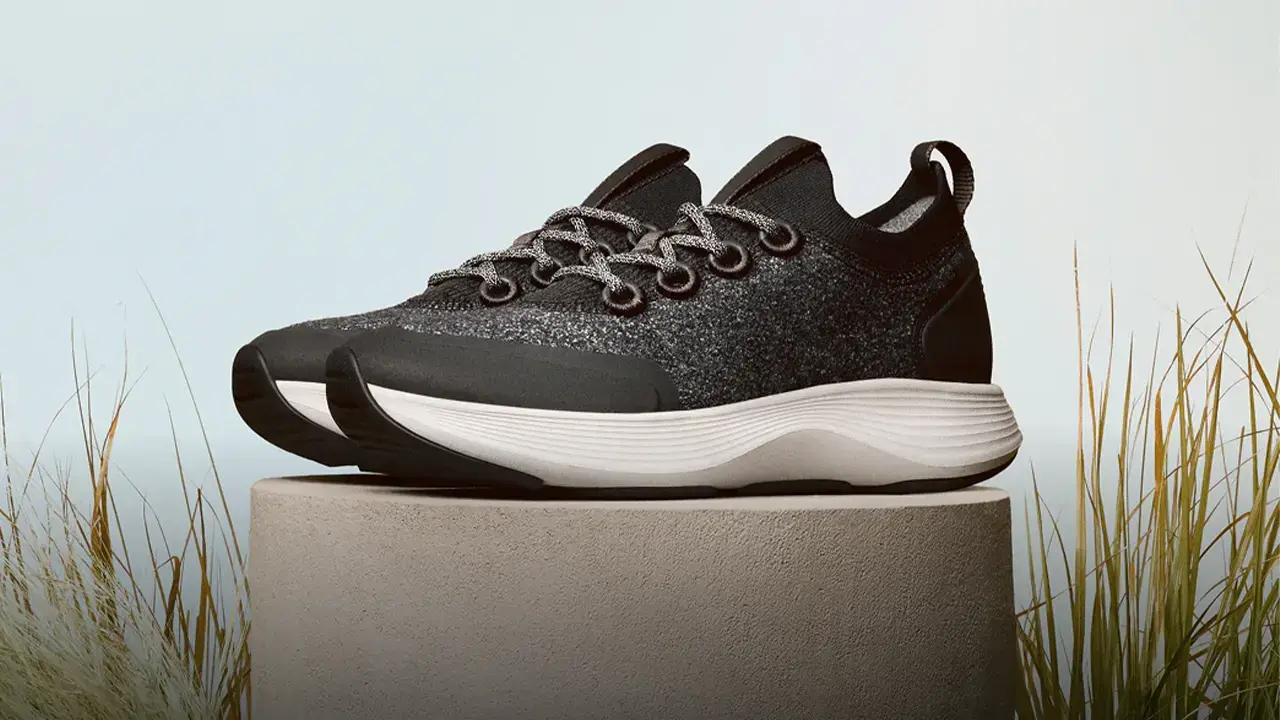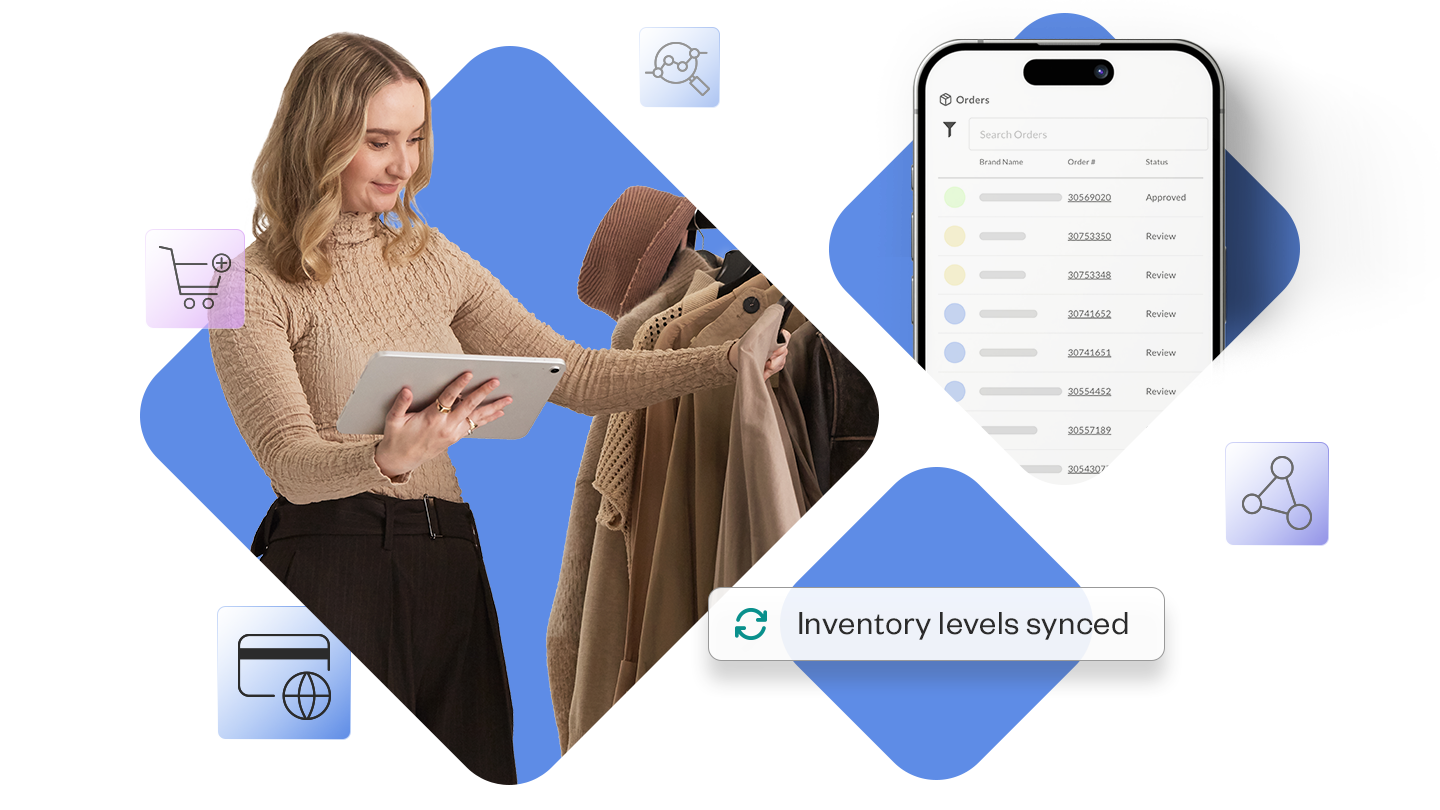5 key factors driving the shift to wholesale
Take a closer look at what NuORDER by Lightspeed executive Tom Groves describes as the 5 key factors driving the shift to wholesale.

In our 2025 State of B2B eCommerce Report: “Why stability is the new growth”,
Tom Groves, Senior Director of Account Management at NuORDER by Lightspeed, explored the evolution of why brands venture into wholesale. With six years of NuORDER experience, he’s had a front row seat to observe this phenomenon firsthand.
So how have brands’ relationships with wholesale changed? Wholesale used to primarily be approached as a path for entering new markets. However, today, it’s largely viewed as an essential path to increasing profitability.
Tom attributes five key factors to this shift: rising direct-to-consumer (DTC) costs, strategic partnerships, greater brand control, multi-channel integration, and scalability/consumer demand.
1. Rising DTC costs
“Wholesale is now seen as a profit center, not just a brand awareness tool.”

—Tom Groves, Senior Director of Account Management at NuORDER by Lightspeed
In the B2B eCommerce report, Tom explains that B2B has become a more attractive and scalable alternative for brands that were once solely DTC largely due to rising costs. He points to such factors as rising rents, logistical challenges, and digital marketing expenses.
The industry has seen this phenomenon play out in real time. Several digitally native, DTC brands have now embraced the wholesale space, including Skims, Everlane, and 11 Honoré. Even the sportswear giant Nike went all in on DTC before recently pivoting their playbook to adopt an omnichannel strategy following a significant decline in sales and market share. They understand the power of wholesale but they’ve adopted a much more streamlined and strategic approach to their retail partnerships this time around.
In addition to wholesale, DTC-native brands have started to lean into brand marketing as another alternative to increasingly expensive digital ads. They’re leaning into storytelling and taking the time to build the worlds of their brands.
2. Strategic partnerships
“Brands are prioritizing wholesale partners that align with their image and audience, often creating exclusive capsule collections to strengthen retailer relationships and avoid channel cannibalization.”

—Tom Groves, Senior Director of Account Management at NuORDER by Lightspeed
Strategic partnerships have never been more important. When consumers can find the same SKU in multiple retailers with just a few clicks, the power of deep, considered wholesale relationships can’t be underestimated. The great news is well-aligned brands and retailers are teaming up to offer creative in-store activations and events, exclusive product lines, IRL experiences, and more. The need to stand out has ushered in a new era of creativity.
Tom points to Gymshark’s partnerships with Selfridges as an excellent example. Gymshark opened a permanent space inside the department store, complete with limited-edition ranges (one of which was launched and sold in the UK store before anywhere else). The limited-edition items sit next to bestsellers and popular main collection designs.

Selfridges Press
3. Greater brand control
“Tighter oversight of pricing, product placement, and brand representation ensures consistency across all sales channels.”

—Tom Groves, Senior Director of Account Management at NuORDER by Lightspeed
In this omnichannel era, brands see the importance of enacting greater control over key signals such as pricing and how they’re represented (and where) as a measure to increase their brand equity. While this isn’t anything new for well-established enterprise brands, it’s a phenomenon that’s become more and more common, even with small to mid-sized brands.
4. Multi-channel integration
“Leading brands are balancing wholesale and DTC to maximize reach and optimize profitability.”

—Tom Groves, Senior Director of Account Management at NuORDER by Lightspeed
Tom says this is why Shopify, a leading B2C company, is one of NuORDER’s most integrated platforms. Brands want greater transparency and control. They want cleaner data and a bird’s eye view of all of their channels so they can identify areas of opportunity, improve sell-through, and increase profitability. In the report, he offers the DTC-native footwear brand Allbirds as an example. They expanded into bulk sales in spite of their direct-to-consumer roots.

Allbirds
5. Scalability and consumer demand
“Wholesale offers efficiency in managing large order volumes while capitalizing on the resurgence of in-person shopping, where consumers seek more personalized experiences.”

—Tom Groves, Senior Director of Account Management at NuORDER by Lightspeed
Brick-and-mortar shopping and experiences are having a renaissance after years of taking a backseat to eCommerce. In 2025, consumers have made it clear they’d like the best of both worlds. Of course, most brands can only scale so far by opening new doors—and as our 2025 State of B2B eCommerce report is titled, “Stability is the new growth". So what better way to appear in more shops than to ramp up their focus on wholesale? Brands can take these relationships even farther by teaming up with retailers to host events, offer localized assortments, personalize experiences, and more.
Related articles
Get on the list
Wholesale tips and industry news you can’t miss, delivered weekly
